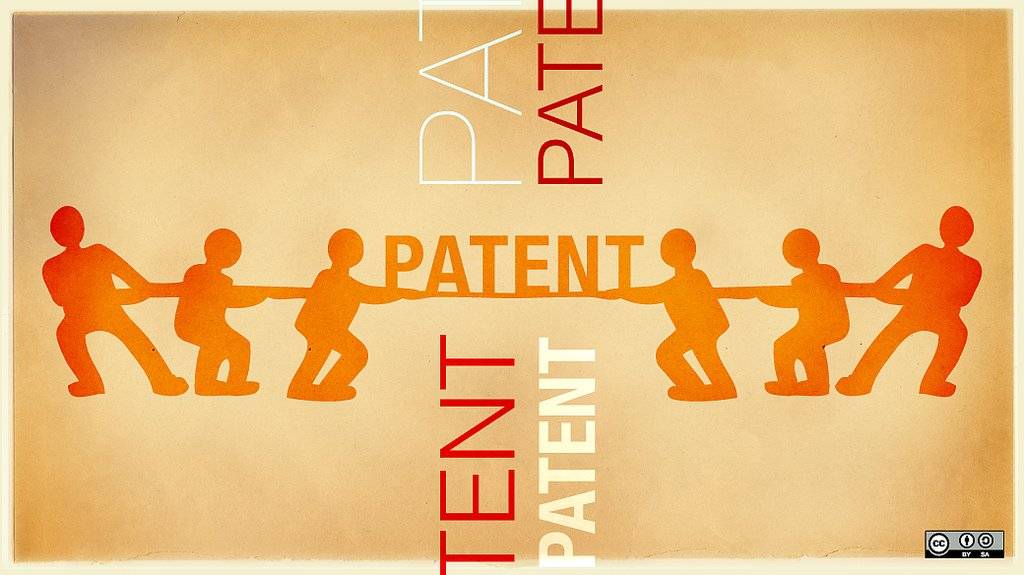First Publication Date: 3rd January 2010
A patent was granted to Valasumani Lathe Works (“VLW”) for an invention titled “IMPROVED THRESHING AND SEPARATING MACHINE”. The applicant in the case, Manivannan trading as Kumar Industries, filed an application for revocation of the patent before the Appellate Board. The applicant contended that VLW’s invention was not patentable in the light of the applicant’s patent application relating to a machine for threshing of corn, which was abandoned and the machines of the applicant, which were being used before the application date of VLW. The applicant claimed that the invention was anticipated based on prior claiming, prior publication and public knowledge in the light of the abandoned patent application and the use of the threshing machines. VLW counterclaimed that the patented invention was not anticipated because information relating to the applicant’s abandoned application was not available to the public before the priority date of VLW’s patent application.
After considering the arguments, the Appellate Board stated that the abandoned application was not relevant for purposes of anticipation by prior publication because the details relating to the abandoned application were published after the priority date of VLW’s application. It then pointed out that the invention claimed by VLW did not form part of common knowledge and therefore, cannot be anticipated by prior knowledge. With regard to prior claiming, the Appellate Board stated that VLW’s patented invention was not anticipated by prior claiming because the claims in the applicant’s abandoned application and VLW’s patent were different from each other. It further stated that the specification of the applicant either inherently or by implication did not anticipate VLW’s patented invention. The Appellate Board then observed that
a. Examination as to novelty should not be restricted to a purely formal comparison with known prior art, but it must include the actual information content which goes beyond the words used; andb. Earlier applicants must be given reasonable scope to defend their inventions.
It further stated that the prior art reference must be seen as a whole with emphasis on both general and specific description of the prior art. As the abandoned application of the applicant and the use of threshing machines did not contain the specific elements of VLW’s invention and as such specific elements amounted to technical advance, the Appellate Board stated that VLW’s invention was not anticipated.
a. Examination as to novelty should not be restricted to a purely formal comparison with known prior art, but it must include the actual information content which goes beyond the words used; andb. Earlier applicants must be given reasonable scope to defend their inventions.
It further stated that the prior art reference must be seen as a whole with emphasis on both general and specific description of the prior art. As the abandoned application of the applicant and the use of threshing machines did not contain the specific elements of VLW’s invention and as such specific elements amounted to technical advance, the Appellate Board stated that VLW’s invention was not anticipated.
After reviewing the newspaper advertisements provided by the applicant as prior art, the Appellate Board stated that the advertisements did not possess any constructional features relating to VLW’s invention and therefore did not anticipate the invention. In the light of its analysis, the Appellate Board dismissed the revocation application as the patented invention was not anticipated by prior claiming, prior publication or prior knowledge.



